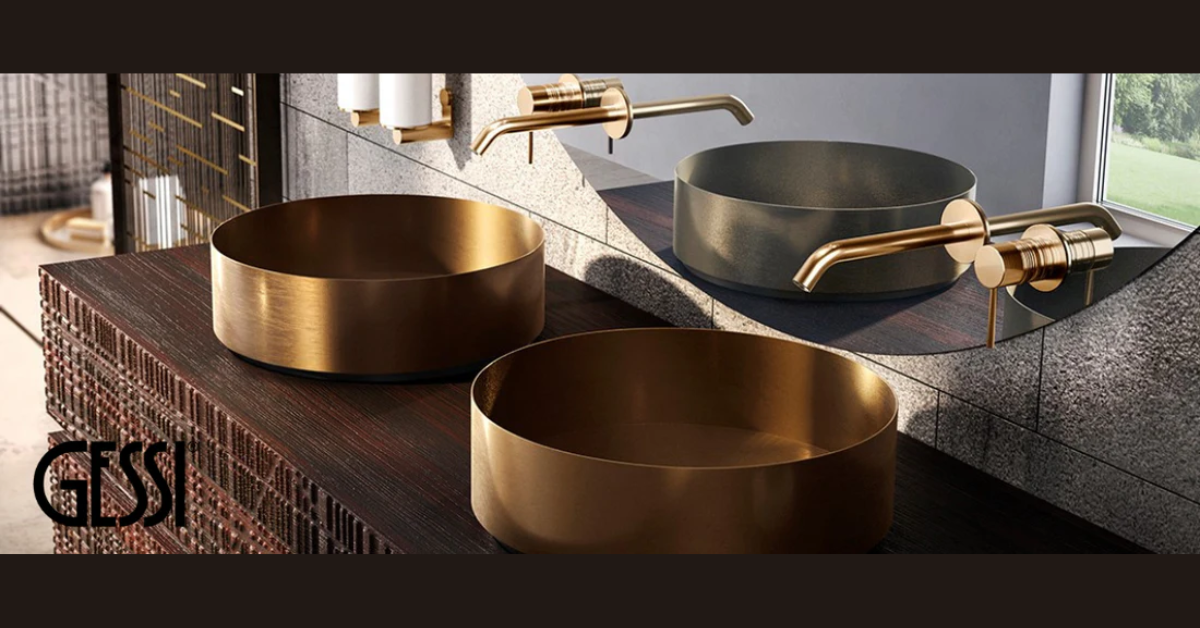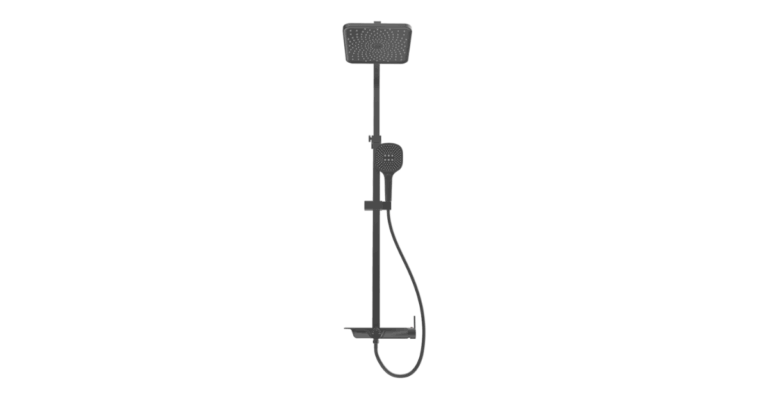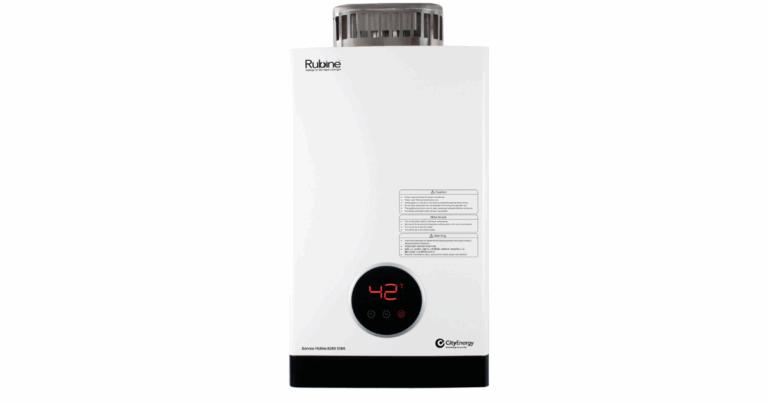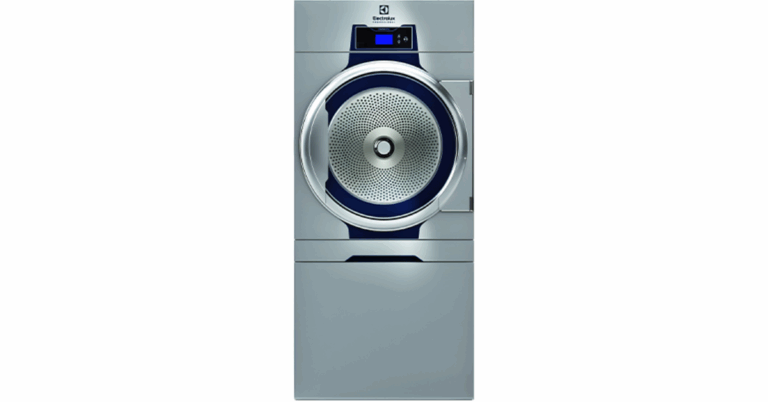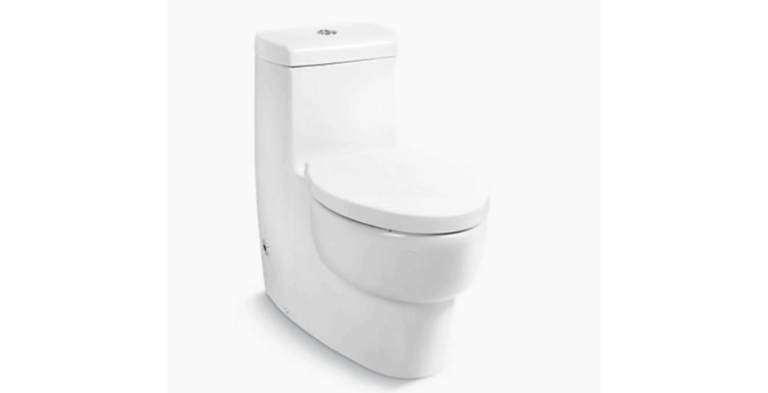Choosing the Right Basin: A Guide to Enhancing Your Bathroom’s Style and Functionality
The word “Basin” may evoke a simple sink in your mind, but in the world of bathroom design it represents one of the key focal elements that bridges utility and aesthetics. Whether you’re planning a bathroom renovation or designing a brand new powder room, selecting the right basin can elevate the entire space. In this article, we dive deep into the different types of basins, their benefits, design tips, material considerations, and practical advice to help you make the informed choice that fits your home, your lifestyle, and your budget.
1. Understanding What a Basin Is (and Isn’t)
At its most basic, a basin is a vessel—typically made of ceramic, porcelain, glass, stone, or composite materials—that holds water for washing hands, faces, brushing teeth, and other hygiene tasks. But a bathroom basin is more than just a water container: it must integrate with plumbing (drains, overflows, taps), withstand daily wear, and harmonize with the design theme of the room.
A basin need not always be a stand-alone unit; it could be built into a vanity or countertop, wall-mounted, inset, or even suspended. The choice depends on spatial constraints, maintenance preferences, and aesthetic goals.
2. Why the Right Basin Matters
a) Aesthetic Impact
The basin often commands visual attention when one walks into the bathroom. A unique shape, an elegant curve, or a bold material can act as a design statement. Conversely, a poorly chosen basin can clash with tiles, mirrors, or faucets and undermine the overall look.
b) Ergonomics & Usability
A basin that is too shallow may splash, while one that is too deep or oddly shaped can be uncomfortable to use. Proper height, depth, and tap placement all affect comfort and function.
c) Space Optimization
In small bathrooms, the basin’s size and mounting style are critical. A micro-vanity with integrated basin might work in a powder room, while a freestanding vessel basin may suit a guest bath with more space.
d) Durability & Maintenance
The material, glaze finish, and ease of cleaning are important. A basin should resist stains, scratches, and microbial growth, and make everyday cleaning easy.
3. Types of Basins (with Pros & Cons)
Here are the main styles you’ll encounter:
a) Countertop / Vessel Basins
-
Sit atop a vanity or counter like a bowl or vessel.
-
Pros: Bold, stands out, easy to replace, works well with variety of materials.
-
Cons: Splash potential, higher height means carefully selecting tap height.
b) Undercounter / Undermount Basins
-
Mounted beneath the countertop surface, with a flush or subtle edge.
-
Pros: Clean lines, easier to wipe water from surface into basin, integrated look.
-
Cons: Requires sturdy countertop, may complicate installation and access to plumbing.
c) Wall-Mounted Basins
-
Fixed directly onto the wall with support brackets or concealed fixings.
-
Pros: Saves floor space, modern minimalist look, easy cleaning underneath.
-
Cons: May require wall reinforcement, plumbing is exposed or needs covering.
d) Semi-Recessed / Semi-Integrated Basins
-
Partially set into the counter, with the front protruding slightly.
-
Pros: Offers balance between counter and wall-mounted styles, good for compact spaces.
-
Cons: Requires precise countertop cut-out, may limit design flexibility.
e) Pedestal / Free-Standing Basins
-
Stand independently, supported by a column or base.
-
Pros: Classic look, conceals plumbing, suitable for period bathrooms.
-
Cons: Less storage, not ideal for tight spaces.
Each type has its place, depending on your layout, plumbing configuration, and design goals.
4. Material Choices and What They Mean
The material and finish of your basin influence longevity, ease of cleaning, and visual appeal. Common materials include:
-
Vitreous China / Porcelain: Durable, smooth, commonly glazed to resist stains and bacteria.
-
Ceramic: Similar to porcelain, often cost-effective.
-
Stone / Marble / Granite: Luxurious, natural look, but may require sealing and more careful maintenance.
-
Glass: Offers striking, translucent aesthetic but tends to show water spots and is more fragile.
-
Solid Surface / Composite: Engineered materials that offer design flexibility and integrated styles.
When selecting, balance beauty with practical concerns: how easy it is to clean, scratch resistance, chip resistance, and how it handles heat and cleaning chemicals.
5. Key Considerations Before You Buy
5.1 Size and Proportion
Measure available space carefully. Consider the width, depth, and height of the basin. Allow for at least 5–6 cm clearance on either side or more if you plan for accessories. Also, make sure the basin doesn’t interfere with mirror placement or door swing.
5.2 Height and Ergonomics
Standard basin height is roughly 80–85 cm from floor to rim, but this may vary as per user height. If the rim is high (for a vessel), choose a taller tap to ensure ease of use.
5.3 Tap / Faucet Compatibility
Decide whether taps will be deck-mounted, wall-mounted, or mounted to the basin. Ensure the basin has the required tap-holes (pre-drilled) or is compatible with your preferred tap style. If it has an overflow outlet, match the waste and plumbing accordingly.
5.4 Overflow and Drainage
Basins with overflow (a secondary drain channel) help prevent accidental flooding. If your basin lacks overflow, ensure your plumbing is reliable and consider safety measures.
5.5 Installation Accessibility
Access to plumbing especially drain, pipe, and trap connections is vital. Undermount and inset styles may require additional support structures. Wall-mounted fixtures often need reinforcement behind the wall.
5.6 Maintenance and Cleaning
Smooth, nonporous surfaces with quality glazes simplify cleaning. Avoid basins with deep crevices or sharp angles that collect dirt or grime. Be mindful of how the basin meets walls or counters seams should be minimized.
5.7 Style & Color
While classic white remains popular, colored basins or matte finishes are trending. Choose tones and textures that harmonize with tiles, countertops, mirrors, lighting, and accessories.
6. Trends and Innovations in Basin Design
-
Slim-edged basins: modern designs use thinner edges to maximize bowl depth while maintaining elegance.
-
Integrated lighting: some basins now come with LED strips underneath or along edges to soften ambiance.
-
Smart basins: touchless faucets, sensor controls, or built-in soap dispensers.
-
Eco-conscious features: water-saving designs, integrated aerators, and sustainable materials.
-
Mixed materials: combining stone, wood, metal, or glass elements for layered textures.
These innovations further blur the line between utility and design statement.
7. Step-by-Step Planning: From Concept to Installation
-
Survey the Space
Note walls, plumbing rough-ins, clearance, natural light, mirror location, and other fixtures. -
Decide on Style
Choose a design direction—minimal, industrial, classic, organic—that the basin should align with. -
Shortlist Basin Types
Based on space and plumbing, narrow down to one or two suitable types. -
Select Material and Finish
Consider how the finish will age and how easy it is to maintain. -
Check Technical Specs
Tap-hole count, overflow, required cut-out, mounting hardware, weight support, drain compatibility. -
Model Layout
Use rough sketches or CAD tools to see how the basin interacts with counters, mirrors, light, and other elements. -
Hire a Qualified Installer
Ensure plumbing, sealing, leveling, and structural support are handled professionally. -
Seal, Test, and Finalize
After installation, ensure sealants are applied cleanly, the basin is level, test for leaks, and finalize trim and accessories.
8. Comparisons & Use-Cases: Picking Wisely
-
Small Guest Bathroom: a wall-mounted basin or semi-recessed type helps save floor space while looking modern.
-
Main Bathroom: a countertop bowl or integrated undercounter basin offers luxury and usability.
-
Family Bathroom with Kids: opt for durable glazed materials and moderate bowl depth to reduce splashes.
-
Stylish Powder Room: go bold with sculptural vessel basins or custom shapes to create a striking impression.
9. Common Mistakes to Avoid
-
Choosing a basin too large, overwhelming the bathroom.
-
Incorrect tap height or miss-aligned faucet reach.
-
Overlooking plumbing access or reinforcing walls for support.
-
Neglecting the need for overflow or proper drain alignment.
-
Underestimating how the basin finish will age in daily use.
10. Final Thoughts
A basin is not merely a functional item in a bathroom—it has the power to transform and elevate the entire space. Selecting the right one requires balancing visual appeal, ergonomics, plumbing compatibility, and maintenance practicality. With a clear plan, attention to measurements, and awareness of the latest trends, you can choose a basin that not only serves daily needs but becomes a centerpiece of your bathroom design. Take your time during planning, consult professionals, and choose options that reflect both your lifestyle and aesthetic vision.

